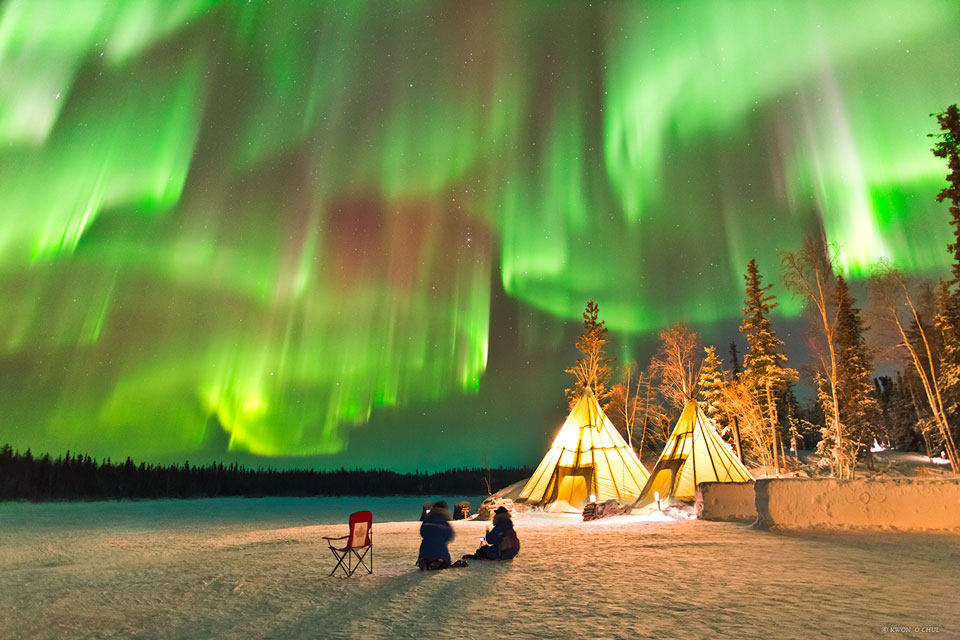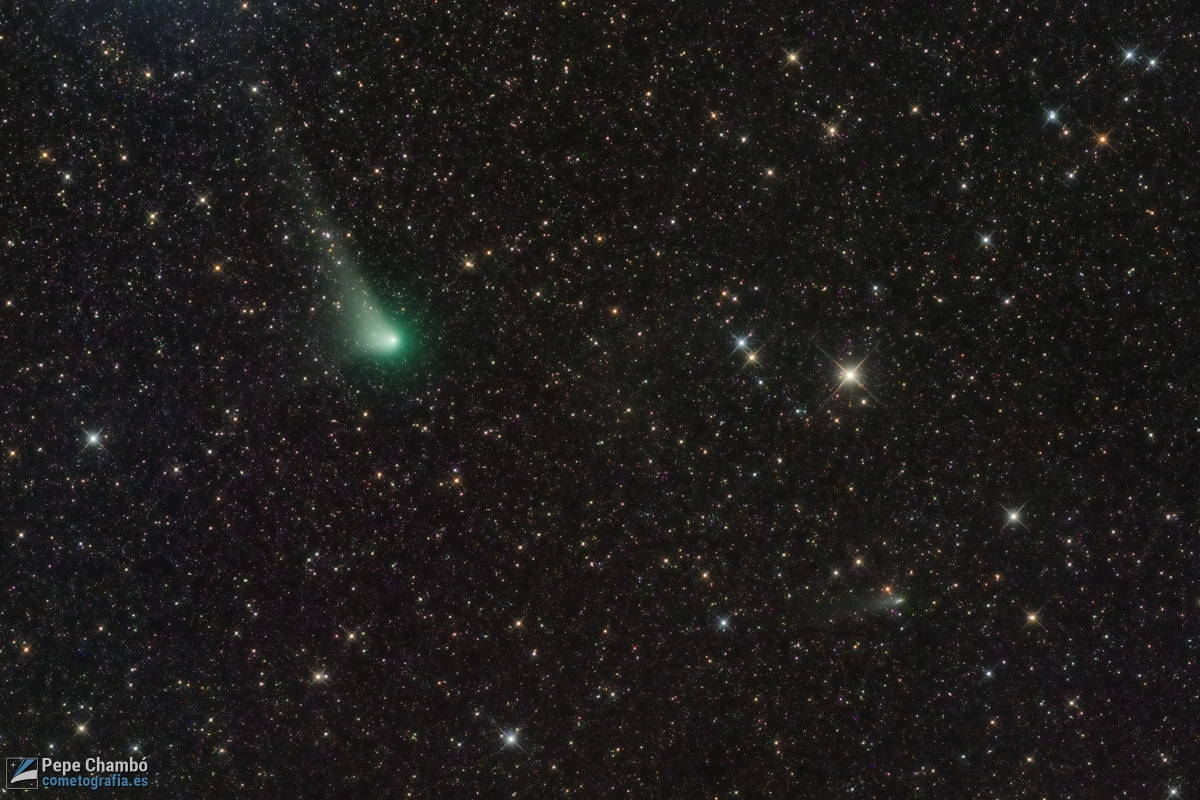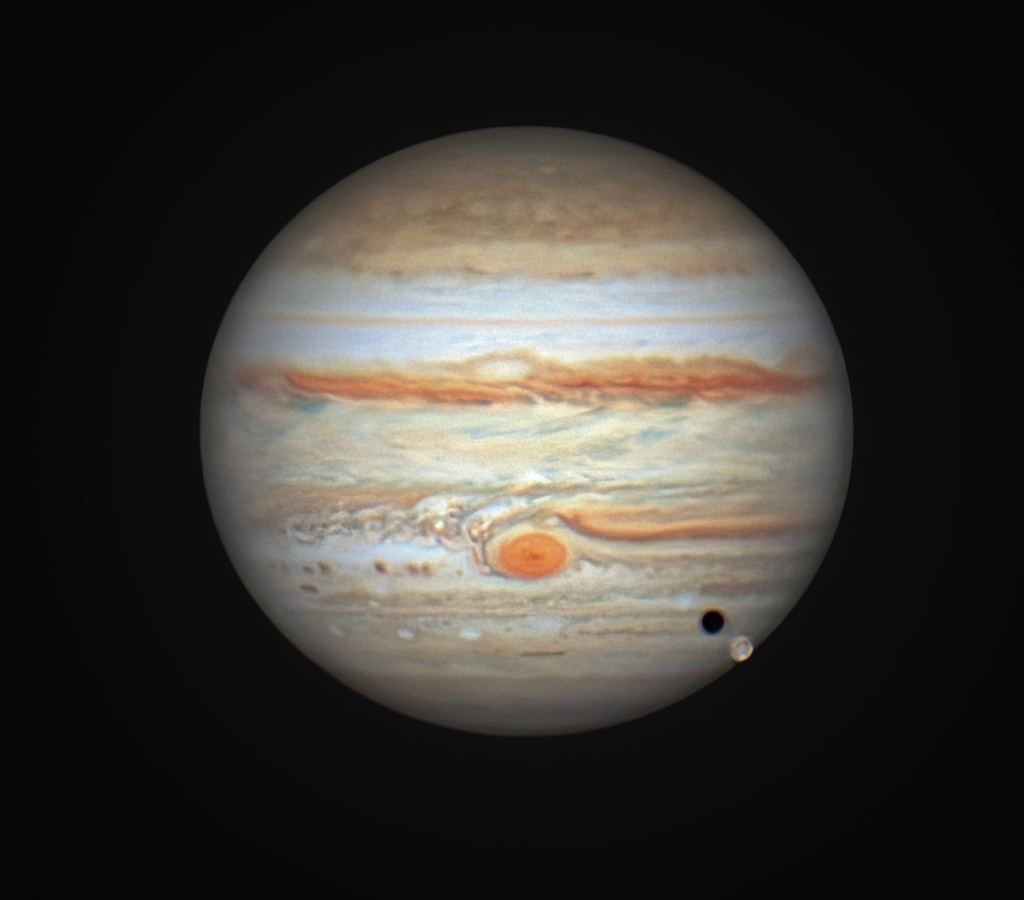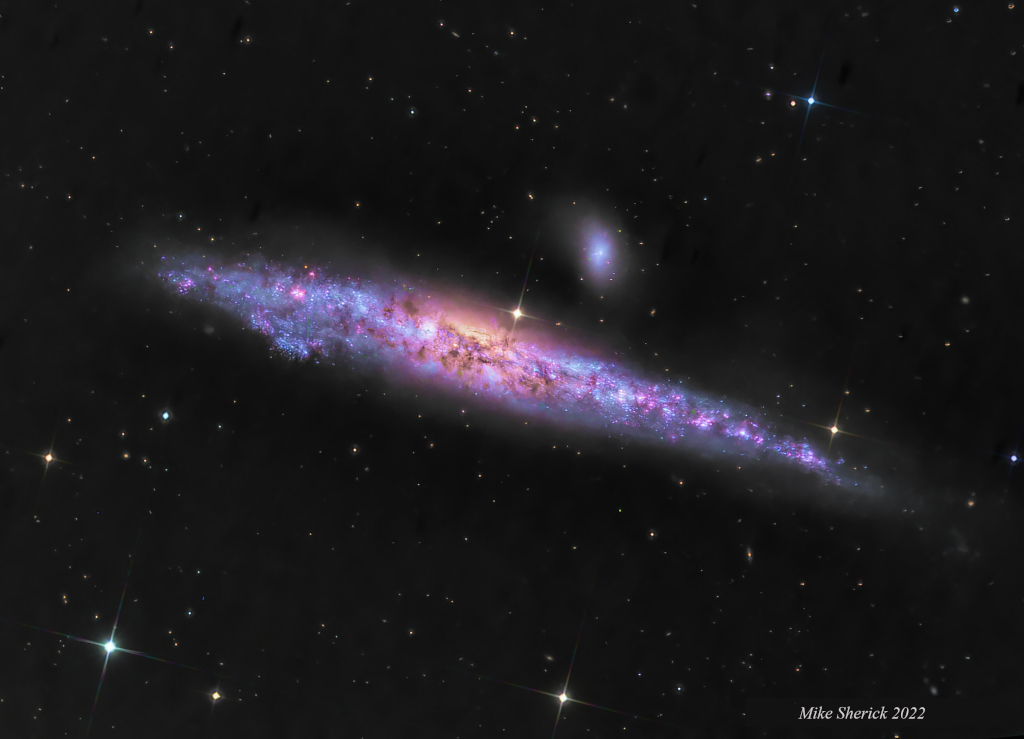
Auroras over Northern Canada



NASA will host a media briefing at 2 p.m. EDT, Tuesday, Oct. 11, to discuss the agency’s Double Asteroid Redirection Test (DART) mission and its intentional collision with its target asteroid, Dimorphos.
from NASA https://ift.tt/WUpCL6m
via IFTTT




NASA and United Launch Alliance (ULA) will host a media briefing on Tuesday, Oct. 11, at 1 p.m. EDT in advance of the Low-Earth Orbit Flight Test of an Inflatable Decelerator (LOFTID) technology demonstration. The briefing will be held via WebEx.
from NASA https://ift.tt/xcTVtQv
via IFTTT
The crew members assigned to NASA’s SpaceX Crew-5 mission are in orbit following their launch to the International Space Station noon EDT Wednesday, from Launch Complex 39A at NASA’s Kennedy Space Center in Florida.
from NASA https://ift.tt/BVYJE1S
via IFTTT
